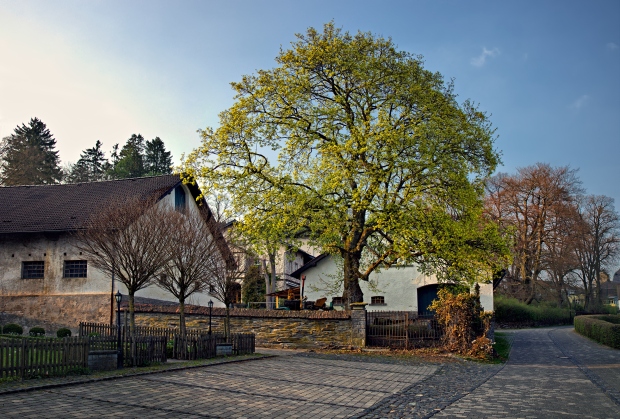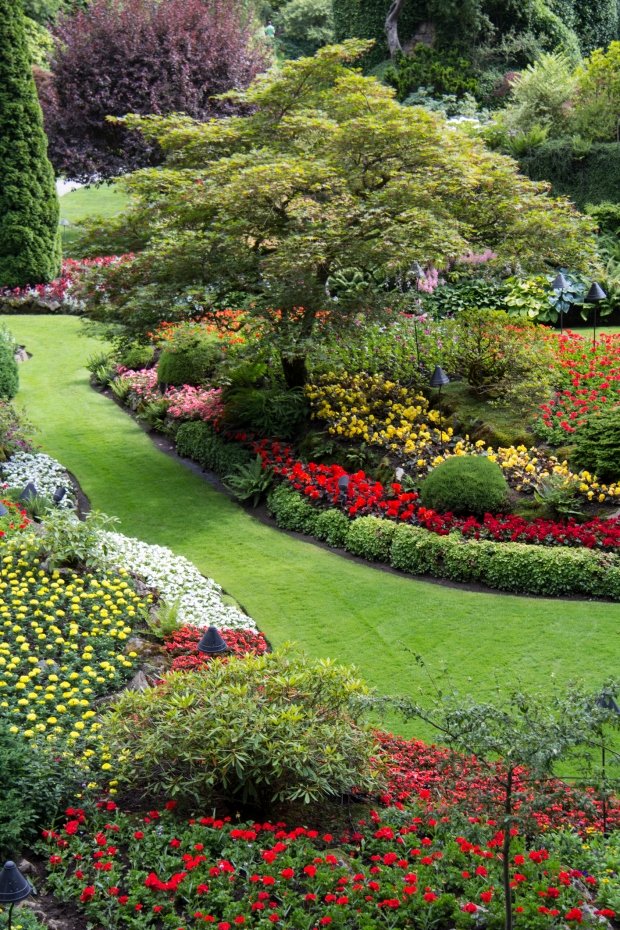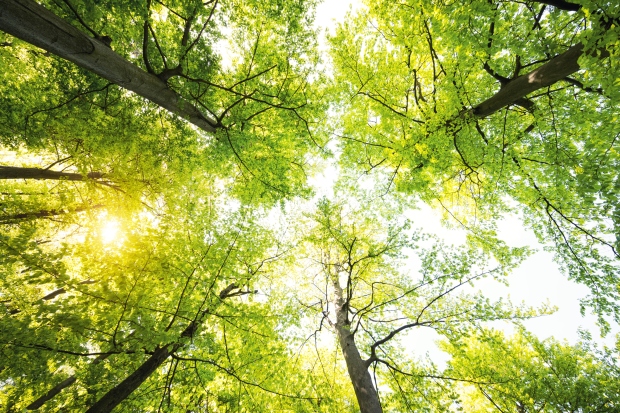How Much Sunlight Does a Tree Need?
The short answer is: Trees need a lot of sunlight. Most tree species can’t tolerate being planted in a shady spot. The main adaptation that makes a tree a tree is its height and having leaves concentrated at the top of the plant to collect the most sun. However, some trees are adapted to being grown in the shade of other trees, meaning they can do well in a shadier location.
Required Light for Different Tree Species
Trees Needing the Most Sunlight
The trees that need the most light are those that are from equatorial habitats that receive a lot of sunlight year-round and don’t truly experience a winter season. The trees that grow the tallest in this environment are able to receive the maximum amount of sun (12+ hours per day) by stretching high above their neighbors. Some examples of extremely high sunlight trees are the kapok, Brazil nut tree, baobab tree, and Couratari species.

‘Full-Sun’ Trees
The majority of trees that people grow in their yards or gardens need at least six hours of sunlight per day. These will generally have “full sun” written on their care label, despite the fact that they can survive on significantly less sunlight than the trees described above. You can assume this is the standard amount of sunlight required for a typical tree sold in a garden center such as an elm, birch, or willow.

Medium- to Low-Light Trees
Although most trees will take as much sunlight as possible, there are some species that can tolerate partial or full-shade conditions. Partial shade generally means three to six hours of direct sun per day. Be aware that planting any types of trees in shade may decrease their production of flowers or fruit, and they will grow more slowly than the same species planted in a sunnier spot. Shade-tolerant trees include Japanese maples, sugar maples, American pawpaw, and American beech trees.

Symptoms of Insufficient Light in Trees
Insufficient light can be compared to a slow starvation of your tree. It won’t kill the tree right away, since it’s still receiving some amount of energy from the sunlight it does get, but the tree will never really thrive and will show signs of stress and be generally unhealthy.
Trees that aren’t getting enough light will grow more slowly than usual. Their leaves lose their color, turn yellow, and eventually drop off. New growth may be spindly and stretched, with longer-than-usual internodes, as the plant attempts to position its leaves into more intense sunlight.
Fixing the Problem
If your tree isn’t getting enough light, it will be difficult (but not impossible) to fix the problem. First, try to identify if you can remove any obstacles that are preventing sunlight from reaching the tree. Maybe some nearby trees or shrubs can be pruned to open up the area. If your tree has been recently planted, you may be able to dig it up and relocate it.

To avoid having to take extreme measures like relocating your tree, be sure to evaluate the spot where you’re planning to plant your tree before committing and planting it. Monitor it over the course of a day to see how much direct sun will actually be available. Although this takes a little more work on the front end, it’s much less of a headache if you can avoid planting a tree in an area that’s too shady.